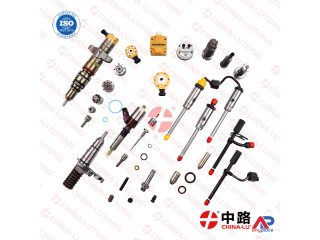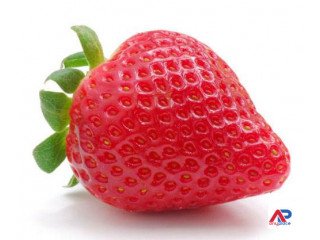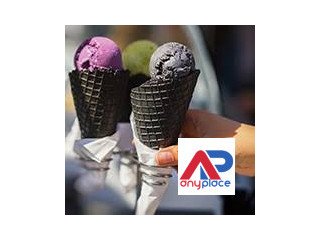Selecting shafts for linear bearings: two things you need to know
2022-06-07 11:10 Automobiles Sahāranpur 443 views Reference: 1058Location: Sahāranpur
Price: Contact us
Selecting shafts for linear bearings: two things you need to know
Both recirculating and plain linear bearings as well as track-roller wheel-based linear bearings can use a wide variety of shaft materials, depending on the application or environmental requirements. Shafts for recirculating linear bearings are typically made of bearing-grade carbon steel or stainless steel. Likewise, plain linear bearing systems can use carbon steel, stainless steel, or aluminum shafts. And for very harsh environments or special conditions, shafts can be plated or coated to withstand caustic or abrasive contaminants.
When choosing which type of shaft to use in a linear bearing application, the two most important factors that contribute to bearing wear and life are the shaft’s surface finish and hardness.
Surface finish
Surface finish generally refers to the “roughness” of a surface, which is a measure of how much the surface topography varies from an ideal plane. Recirculating ball bearings operate best when paired with ground or polished shafts with a low roughness value. This is because a better surface finish actually increases the contact area between the shaft and the recirculating balls. A “rough” shaft surface, with a significant number of peaks and valleys, provides less contact area for the balls to ride on, whereas a smoother shaft surface provides more contact area for the load-carrying balls. Typical surface finish recommendations for shafts used with recirculating ball bearings are 6 to 10 microinch Ra.
For plain linear bearings, however, a smoother shaft surface can actually lead to decreased life, due to the self-lubricating nature of most plain bearings. Plain bearings rely on features of shaft roughness — specifically, the “peaks” on the surface of the shaft — to transfer small amounts of the bearing material to the shaft. These dislodged bits of material fill in the valleys on the shaft surface and provide lubrication as the bearing travels back and forth. Without this lubrication, friction between the shaft and bearing will be higher, and the bearing’s PV rating will be reduced.
This is also true for plain bearings made of bronze, which must be lubricated externally. A slight roughness of the shaft surface helps the shaft retain lubricant and prevent metal-to-metal contact. But as with recirculating bearing shafts, a surface that is too rough can also cause extensive wear on the bearing and lead to premature failure. The suggested range of surface roughness values depends on the bearing material, but as an example, composite bearing manufacturers generally recommend a shaft surface roughness of 8 to 16 microinch Ra.
Shaft hardness
Equally important to shaft surface finish is the shaft hardness. Sufficient shaft hardness is critical for recirculating linear bearings because point loading created by the balls can cause permanent deformation of the shaft. Because heavier loads place more stress on the surface of the shaft, they require higher hardness values than lighter loads. In fact, a shaft hardness factor (often denoted fH) is included in load and life calculations for recirculating ball bearings.
The typical hardness recommendation for round shafts used with recirculating ball bearings is HRC 60, which corresponds to a shaft hardness factor, fH, of 1.0 (i.e. no increase in required load capacity or reduction in life). Hardness ratings below HRC 60 can significantly reduce the life of the bearing assembly. Note that stainless steel generally has a hardness value in the range of HRC 54, meaning assemblies that use stainless steel shafts will have a lower life expectancy, even if all other operating parameters are the same.
Although shaft hardness is not as critical for plain linear bearings as it is for recirculating types, it does play a role in plain bearing wear. Because plain bearings don’t typically include seals or wipers, contaminants can become trapped between the bearing and shaft and, if the bearing material is soft, the contaminants can become embedded in the bearing. Likewise, if the shaft hardness is not sufficient, contaminants can also become embedded in the shaft. For example, Dupont demonstrates that bearings made of its Delrin® acetal resin experience less wear and better life when used with harder shafts. And for plain bearings made of bronze, the shaft material must be harder than the bearing material.
Can We Chrome Plate Stainless Steel?
The short answer is yes. Most common grades of Stainless Steel can be reliably Chrome Plated, this may however not be the most appropriate process depending on your application.
For A Bright, Shiny Finish
For decorative applications, it may be simpler to instead Electro-polish the item instead. During the elctro-polishing process the component is fitted with two electrodes which are connected to a power supply, this is then immersed into an electrolytic solution. This process removes surface impurities and promotes oxidation of the metal surface. This is a fantastic way to achieve a bright and shiny finish for your stainless steel components.














